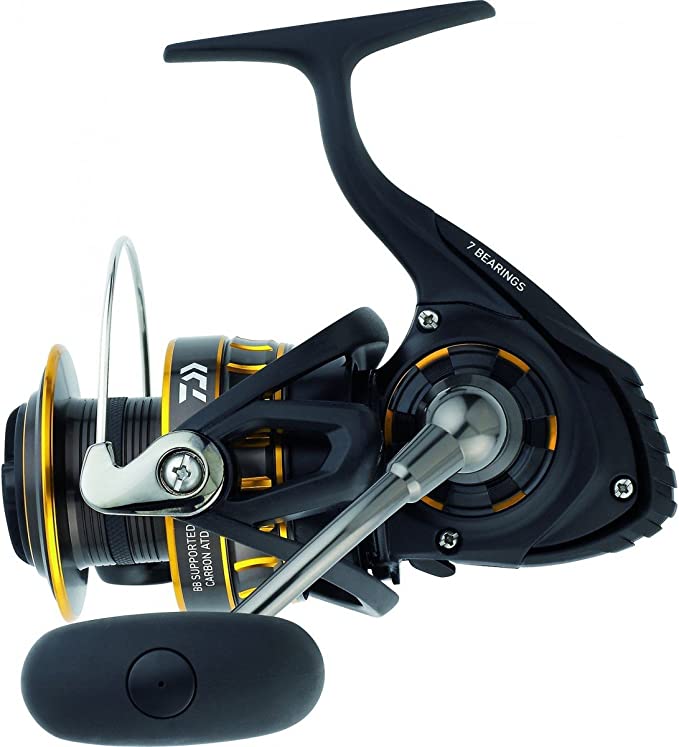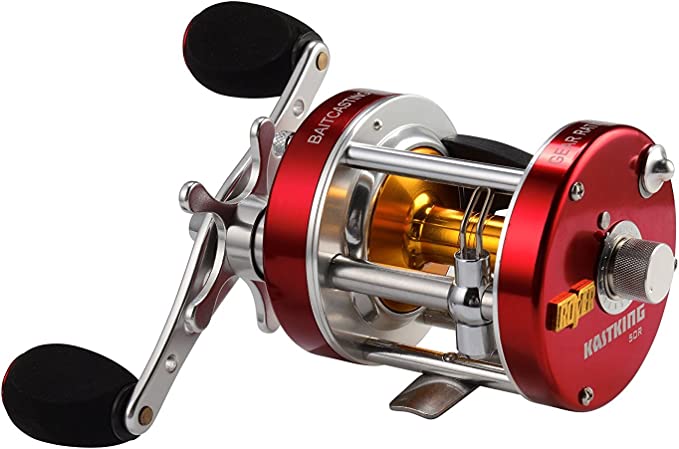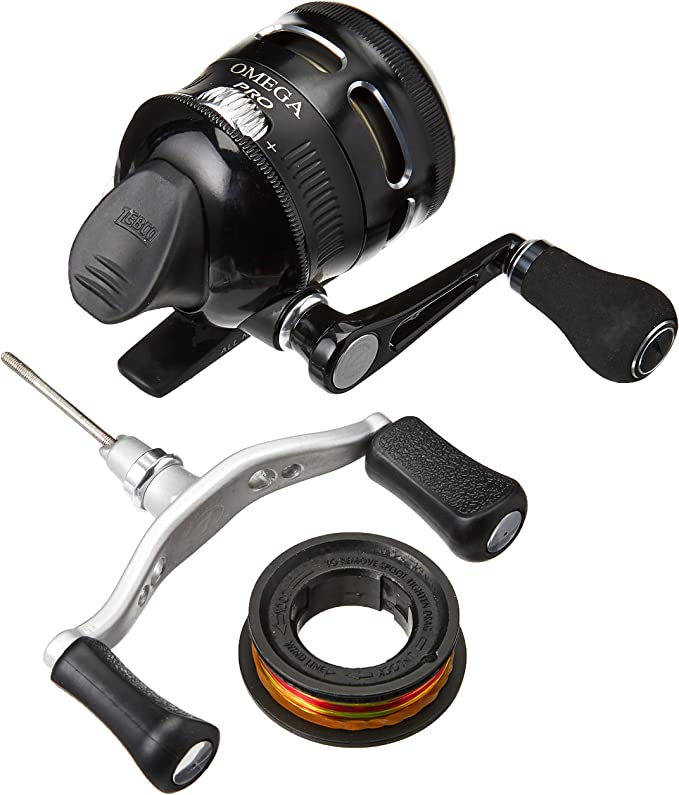Naturehike Air 12: Revolutionizing Camping with Inflatable Comfort and Convenience
Update on June 13, 2025, 2:39 p.m.
Imagine, for a moment, the year is 1898. You are a prospector in the Klondike, and a freezing gale is tearing at your shelter. Your tent, a monstrous thing of oil-treated canvas weighing nearly as much as you do, offers meager defense. It’s heavy, damp, and the icy wind seeps through its seams. This was the reality of camping for generations: a battle of endurance, where the shelter itself was often part of the hardship. The dream of a portable, reliable, and comfortable refuge was as distant as the gold nuggets in the frozen earth.
Now, fast forward over a century. A family pulls into a state park campsite. They unroll a bundle of fabric, but there are no poles to be found. Instead, the gentle hum of an electric pump fills the air for five minutes. As if by magic, a spacious, sturdy structure rises from the ground—a modern castle built not on stone, but on air. This is not science fiction; this is the reality of tents like the Naturehike Air 12. And while its convenience is astonishing, the true marvel lies in the deep-rooted science and history that allow it to exist—a story that was put to the ultimate test by the fury of a hurricane.

The Crucible: A Hurricane Named Helene
In October of 2024, a camper in North Carolina posted a remarkable review. “I was camping when Hurricane Helene came barreling through,” they wrote. Expecting the worst, they retreated home for the night, leaving their Naturehike inflatable tent to face the storm alone. Upon returning, they found it “bone dry inside, and it withstood the high winds with no damage.”
This wasn’t luck. It was a successful, real-world trial of centuries of innovation. To understand why this tent survived when others would have been shredded, we must look beyond its surface and examine its very soul: its bones, its skin, and its foundation.

The Bones of Wind: The Science of the Inflatable Frame
The tent’s most striking feature is its skeleton of air. These are not pool toys; they are high-pressure structural beams engineered from TPU (Thermoplastic Polyurethane). The principle at work is a cornerstone of physics known as Pascal’s Law, which states that pressure exerted on a confined fluid—in this case, air—is transmitted undiminished to every portion of the container. This means the air inside the columns pushes outwards in all directions with uniform force, creating an incredibly rigid and stable frame.
But why TPU? This specific polymer is a modern marvel. At a molecular level, it consists of long, chain-like molecules that are both strong and flexible. Unlike a brittle metal or fiberglass pole that will snap under extreme stress, a TPU air beam has give. When a powerful gust of wind hits the tent, the frame flexes, absorbs the energy, and returns to its shape. It is the architectural equivalent of a willow tree bending in a storm while a rigid oak might crack. This inherent flexibility is its greatest strength, transforming the wind from a destructive force into a pressure the structure can gracefully endure.
The Breathing Skin: The Counterintuitive Genius of Cotton
Wrapping this airy skeleton is a material that feels almost anachronistic: cotton. In an age of slick synthetic fabrics, why return to a natural fiber? Because cotton possesses a kind of low-tech, self-regulating genius. The magic is in how it interacts with water.
When dry, the weave of the cotton fabric is open enough to be highly breathable. This allows water vapor—from your breath and the ambient humidity—to pass directly through, preventing the stuffy, condensation-soaked interior common in sealed synthetic tents. However, when rain begins to fall, a remarkable transformation occurs. The natural cellulose fibers of the cotton absorb the moisture and physically swell, tightening the weave and effectively closing the gaps. This process turns the fabric into a highly water-repellent barrier. It’s an active, responsive form of waterproofing. While it may feel damp to the touch on the outside, it fiercely protects the dry space within, a quality proven by its 1500 mm hydrostatic head rating. It is a skin that breathes when it can and defends when it must.

The Unyielding Shield: The Foundation Against the Flood
If the cotton skin is the tent’s elegant defense, the floor is its pragmatic shield. Made of a wear-resistant PVC composite fabric, its job is one of absolute refusal. It is the non-negotiable line drawn against the damp, cold, and abrasive ground. PVC (Polyvinyl Chloride) is chosen for its complete impermeability and toughness. While the cotton walls engage in a dynamic dance with the elements, the PVC floor provides a stable, dry island, ensuring that rising ground moisture or pooling rainwater never breach the sanctuary. It’s the modern, synthetic foundation that allows the natural, breathable character of the cotton to shine. Objectively, this robust material contributes significantly to the tent’s hefty 66-pound weight, a clear trade-off where portability is sacrificed for absolute comfort and protection.

Anatomy of a Survivor
Let’s return to that dark, windy night in North Carolina. As Hurricane Helene unleashed its fury, every element of the tent’s design worked in concert. The powerful winds slammed into the fabric, but instead of meeting a breaking point, they met the flexible TPU bones that bent and rebounded. The torrential rain hammered down, but the cotton skin swelled, its fibers locking together to shed the deluge. The ground became a sodden mess, but the PVC shield held firm, keeping the interior a pocket of perfect dryness. Even the smallest details, like the renowned precision of the YKK zippers, held their ground, refusing to fail under the strain.
The tent that stood the next morning was not just a product. It was a testament. It was the culmination of a historical quest, where the ghost of that leaky prospector’s tent was finally laid to rest. It proved that the best innovation is often a conversation between the old and the new—the wisdom of a natural fiber married to the resilience of a modern polymer, all given form by the simple, powerful physics of air. It stands as a profound reminder that the technology that best serves us in nature is not that which insulates us from it, but that which allows us to witness its power from a place of safety, comfort, and awe.







































